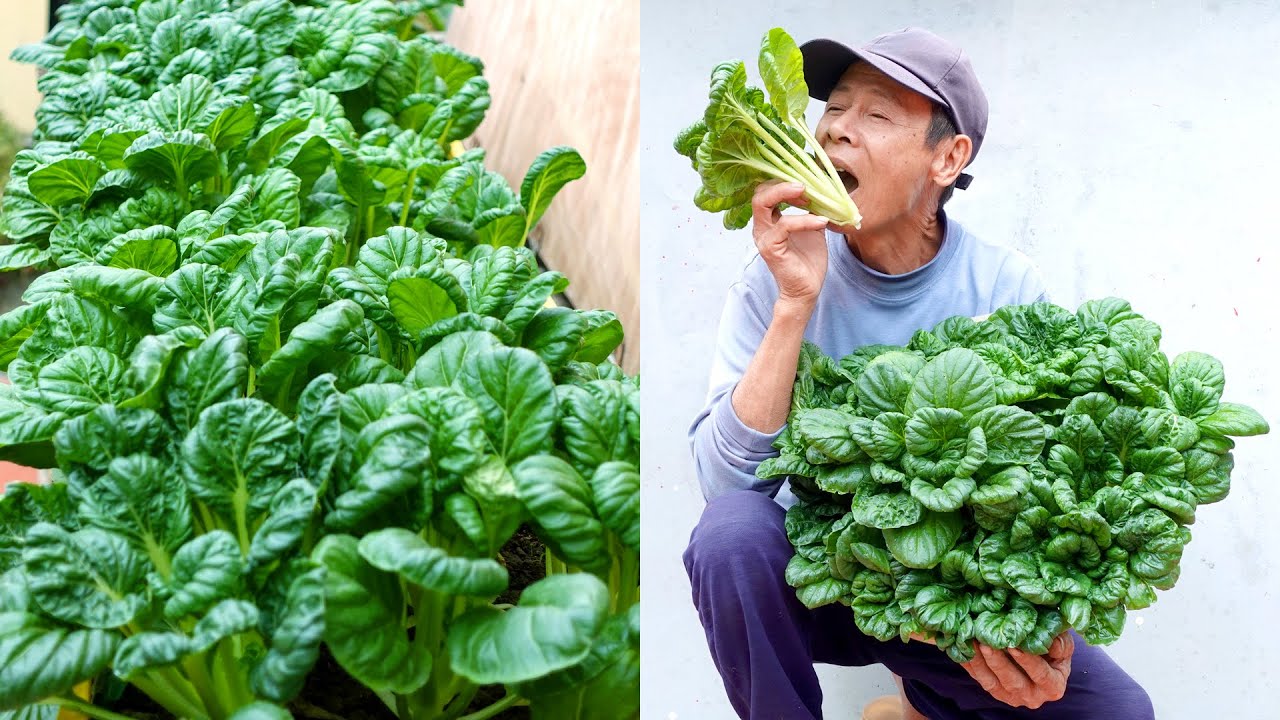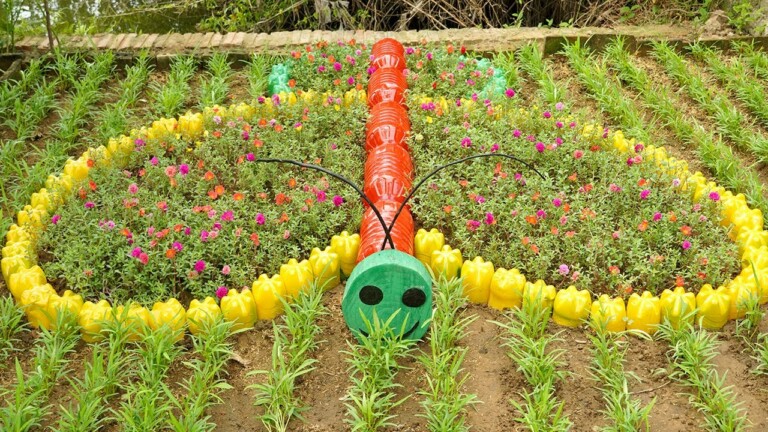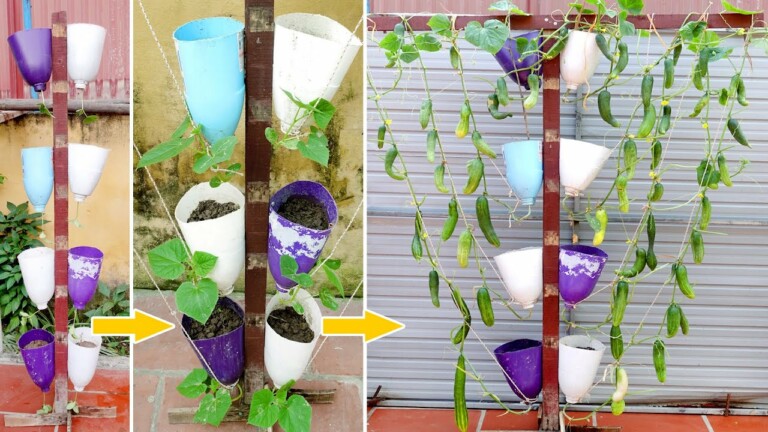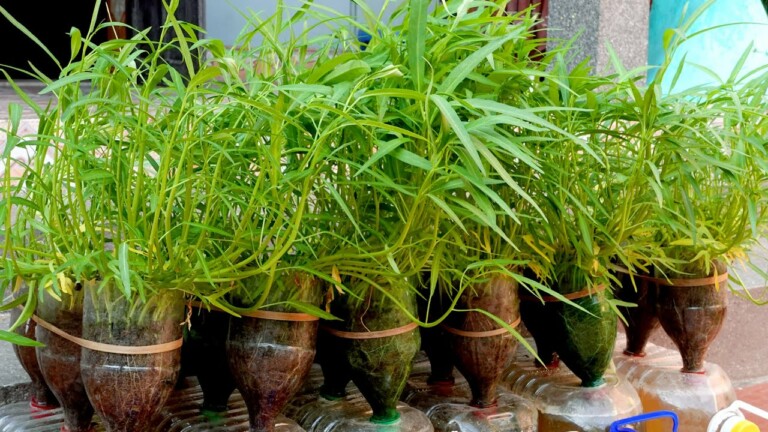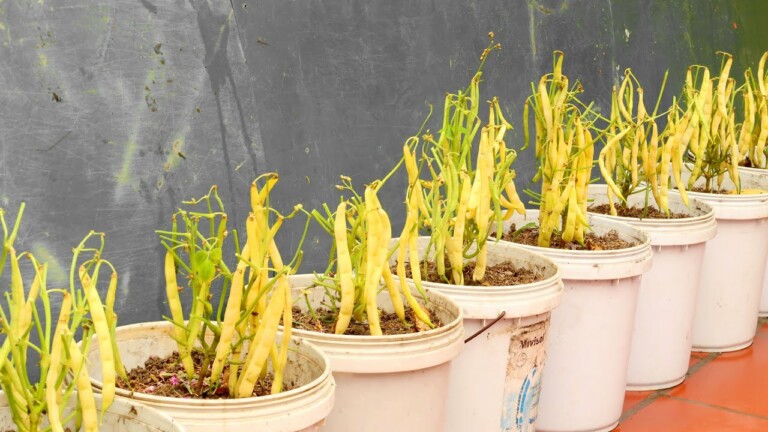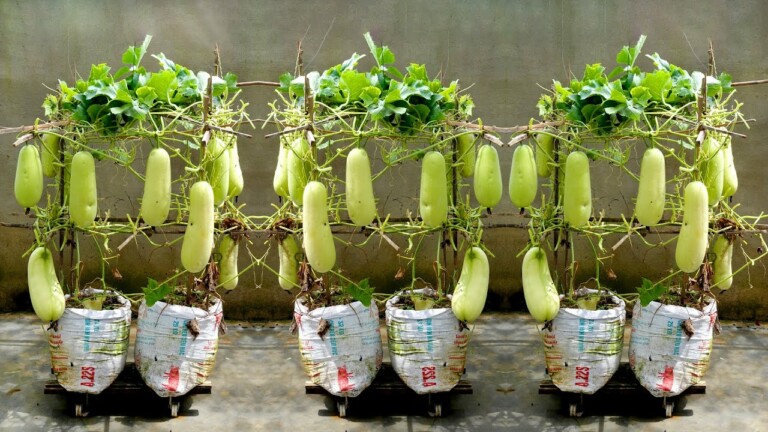Mibuna cabbage is delicious and easy to grow, vegetable garden from plastic bottles
Hello everyone, welcome to my blog! Today, I want to share my experience with growing Mibuna cabbage in my vegetable garden made from plastic bottles. Let me tell you, it has been such a delightful journey! I have found Mibuna cabbage to be not only incredibly delicious but also incredibly easy to grow. So, grab your gardening tools because I’m about to show you how you can enjoy homegrown Mibuna cabbage right in your backyard. Let’s get started!
Mibuna cabbage is delicious and easy to grow, vegetable garden from plastic bottles
Introduction
I have always enjoyed growing my own vegetables at home. Not only does it give me a sense of accomplishment, but it also allows me to enjoy fresh and organic produce all year round. One of my favorite vegetables to grow is Mibuna Chinese Cabbage. This fast-growing annual plant produces pencil-thin white stalks and delicate, slender leaves. Its mildly sharp, mustard-like flavor makes it perfect for mixed salads, steamed, and stir-fried dishes. In this article, I will share my experience of growing Mibuna Chinese Cabbage at home and provide you with some helpful tips along the way.
Getting Started with Mibuna Chinese Cabbage
-
Direct Seeding: Mibuna Chinese Cabbage is best grown through direct seeding. Start by preparing the soil in your garden bed or container. Ensure that the soil is well-drained and fertile.
-
Sowing the Seeds: Once the soil is ready, it’s time to sow the Mibuna Chinese Cabbage seeds. Make small furrows in the soil, spaced about 6 inches apart. Place the seeds in the furrows, covering them with a thin layer of soil. Keep the soil evenly moist throughout the germination period.
-
Germination and Thinning: Mibuna Chinese Cabbage usually germinates within a week. Once the seedlings have grown to a height of 1-2 inches, thin them out, leaving only the healthiest and strongest plants in each furrow. This will ensure that the remaining plants have enough space to grow and develop.
-
Watering and Care: To ensure healthy growth, it is important to keep the soil evenly moist. Water the plants regularly, especially during dry spells. Avoid overwatering, as it can lead to root rot. Mulching around the plants can help retain moisture and suppress weed growth.
-
Harvesting: Mibuna Chinese Cabbage is a fast-growing vegetable and can be harvested within 4-6 weeks of sowing. Harvest the leaves when they are young and tender, before the stalks become too woody. Use a sharp knife or scissors to cut the leaves just above the soil level.
FAQ
Q: Can I grow Mibuna Chinese Cabbage in containers?
Yes, Mibuna Chinese Cabbage can be grown successfully in containers. Just make sure to choose containers that are at least 6 inches deep and provide sufficient drainage.
Q: How often should I water my Mibuna Chinese Cabbage plants?
Mibuna Chinese Cabbage prefers consistently moist soil. Water the plants regularly, aiming for about an inch of water per week. Adjust the frequency based on weather conditions and the moisture retention of the soil.
Q: Can I harvest only the leaves and let the plant continue growing?
Yes, you can harvest only the leaves and allow the plant to continue growing. This will allow you to enjoy a continuous harvest throughout the growing season.
Q: How can I prevent pests and diseases from affecting my Mibuna Chinese Cabbage plants?
To prevent pests and diseases, practice good garden hygiene by removing any plant debris and weeds that may harbor pests or diseases. Additionally, consider using organic pest control methods such as insecticidal soaps or companion planting with pest-repellent plants.
Q: Can I save Mibuna Chinese Cabbage seeds for future planting?
Yes, you can save Mibuna Chinese Cabbage seeds. Allow a few plants to bolt and produce flowers. After the flowers have faded and the seed pods have dried out, harvest the seeds and store them in a cool and dry place for future use.
Conclusion
Growing Mibuna Chinese Cabbage at home is a rewarding experience. Not only does it provide you with fresh and flavorful produce, but it also allows you to connect with nature and engage in sustainable gardening practices. By following the simple steps outlined in this article, you can easily grow your own Mibuna Chinese Cabbage in your vegetable garden or containers. Don’t forget to enjoy the process and experiment with different recipes to fully savor the delicious flavors of this versatile vegetable.
